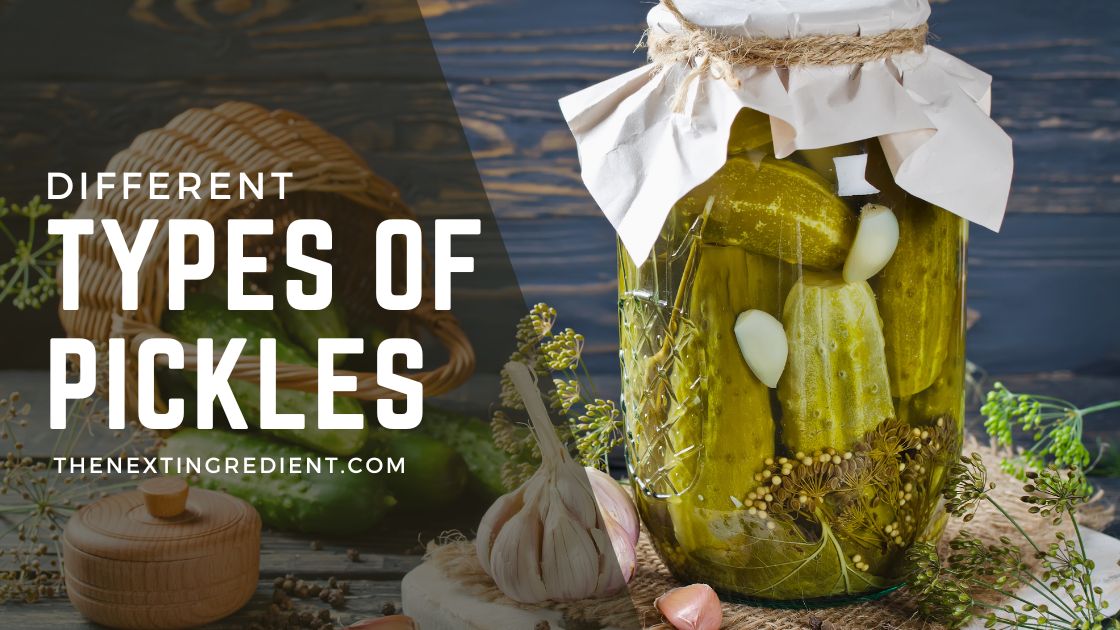There are different types of Pickles; did you know that? Are you a pickles person? If you are a pickles person, you need to keep reading and learn more about the different types of pickles!
You’ve probably been eating pickles for ages, and these may be a staple at home, but have you ever wondered how they end up like that? What is it about that distinct flavor, or if there are other varieties…In fact, there are a few different types.
Those delicious pickled cucumbers you love so much are perhaps the most common pickle, and these are none other than regular cucumbers that have gone through some fermentation process to extend their shelf life.
Cucumber dill pickles are a favorite of nearly everybody; they are consumed in burgers, as snacks, or as a fantastic party appetizer.
Today we’ll keep our focus on the types of cucumber pickles there are out there. So, elevate your knowledge about cucumber pickles and find out which are its types and how to properly store them so you can get the most out of your pickle needs at home.
Types of Pickles
Sweet And Spicy Pickle
This recipe mixes hot chile peppers, cider vinegar, dill, and garlic, which results in sweet pickles with a spicy touch. These can be found in different varieties including, whole, sliced, spears, and chips. Wickless Pickles are highly recommendable if you are up for the challenge.
A Southern Delight Homemade
Kool-Aid pickles are the way to go for a Southern version; all you need for this fantastic recipe is a batch of double-strength Kool-Aide, blended with a pound of sugar and your preferred pickles. Pour your mixture into the previously emptied pickle jar and refrigerate for a week. The result will be reddish sugary, and sour pickles that everyone will love.
Is it a Pickle, or Is It Candy?
It’s both! Candied dill pickles are made combining spices, sugar, and maple syrup brine. Scheler’s candied dill pickles are a popular option.
Gherkin Pickles
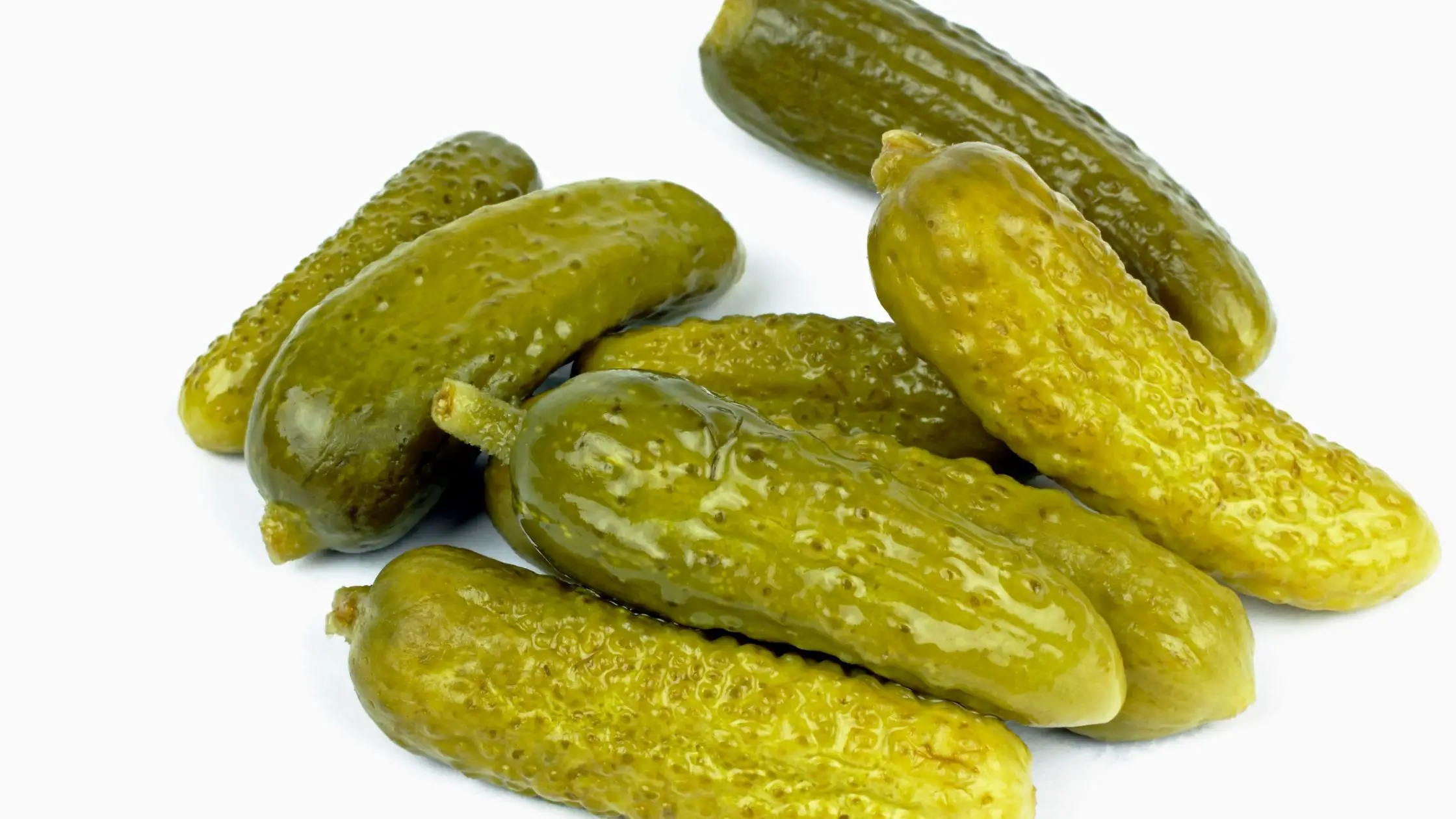
Gherkin Pickles are crunchier than regular cucumber pickles. These are fantastic in burgers, sandwiches, salads, and Bloody Marys.
The Crunchiest Cucumber Pickle
Half-sour pickles are considered the crispiest pickles; this type is popular because it has no vinegar and contains less sodium than other types. This is a super simple recipe to do at home; all you need to do is allow your pickles to ferment in salt brine for four days.
Super Sour
To achieve the sourness of this pickle, it means it has been left in the brine for a long time. Pickle Licious is a popular option, providing that tangy and sour taste.
German-Style Dill Pickle
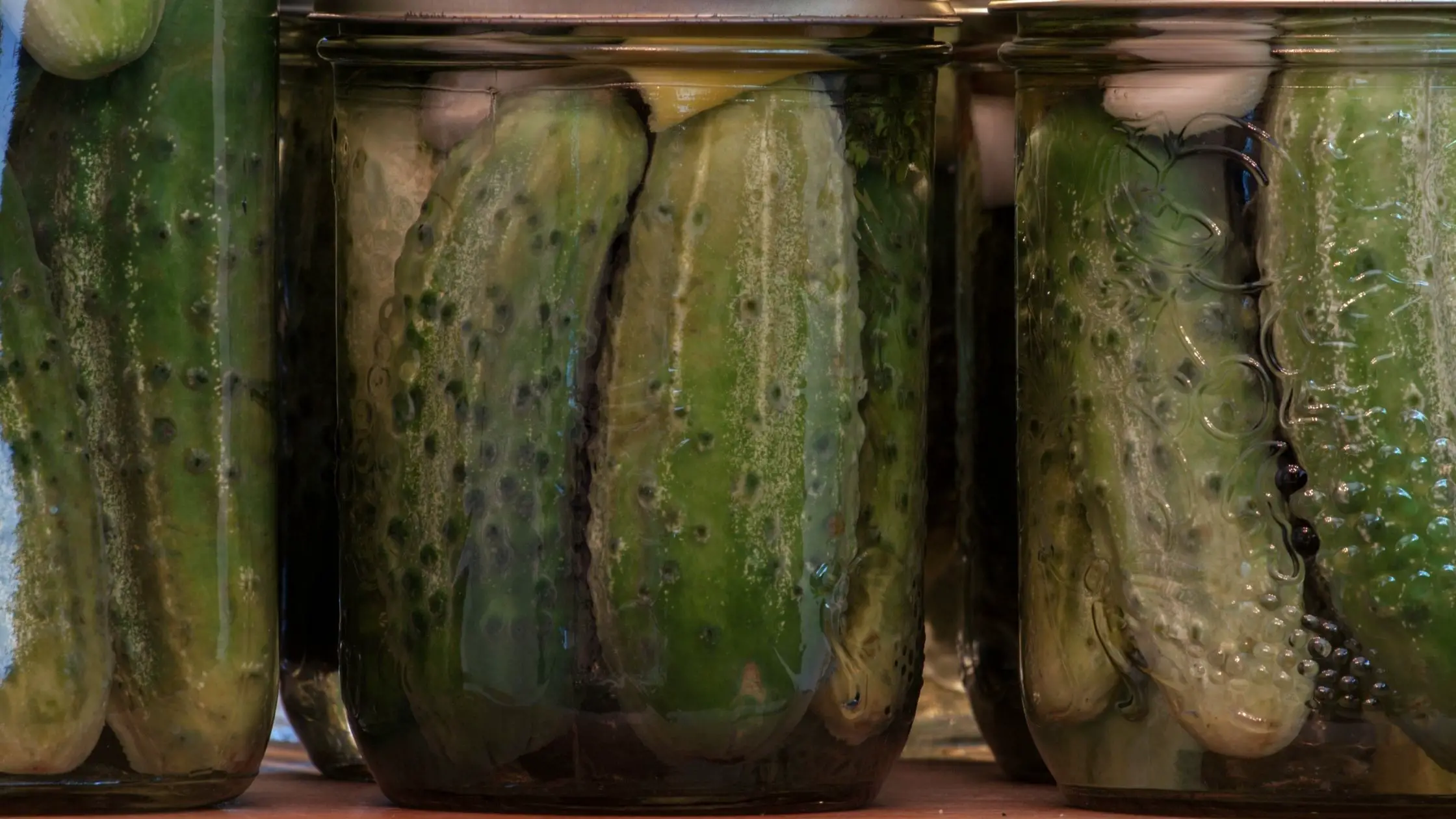
This pickle offers a different taste since these are not fermented; instead, cucumbers are packed in vinegar and lemon juice resulting in a distinct tart taste.
Polish dills
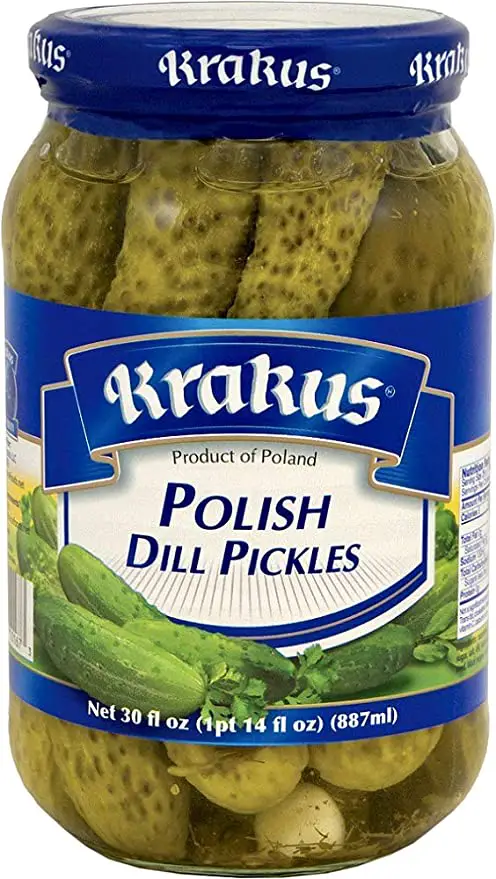
If you enjoy garlic, then Polish dills are ideal for you since the recipe includes using lots of it.
What Is A Pickle?
Pickling is a fermentation procedure done to food to preserve them and extend its shelf life. It has been performed for centuries and is surprisingly simple to do; all you need to pickle even eggs is salt, brine, and vinegar.
The truth is nearly everything can be pickled, and cucumber dill pickles are present in nearly every household in the US.
A Pickle For Everyone
There are many variations to cucumber dill pickles that you can find at your grocery store, market, or wherever you get your produce.
A fan favorite is the Boar’s Head kosher dill, made with tons of garlic and offers an amazing taste.
Put It On A Burger
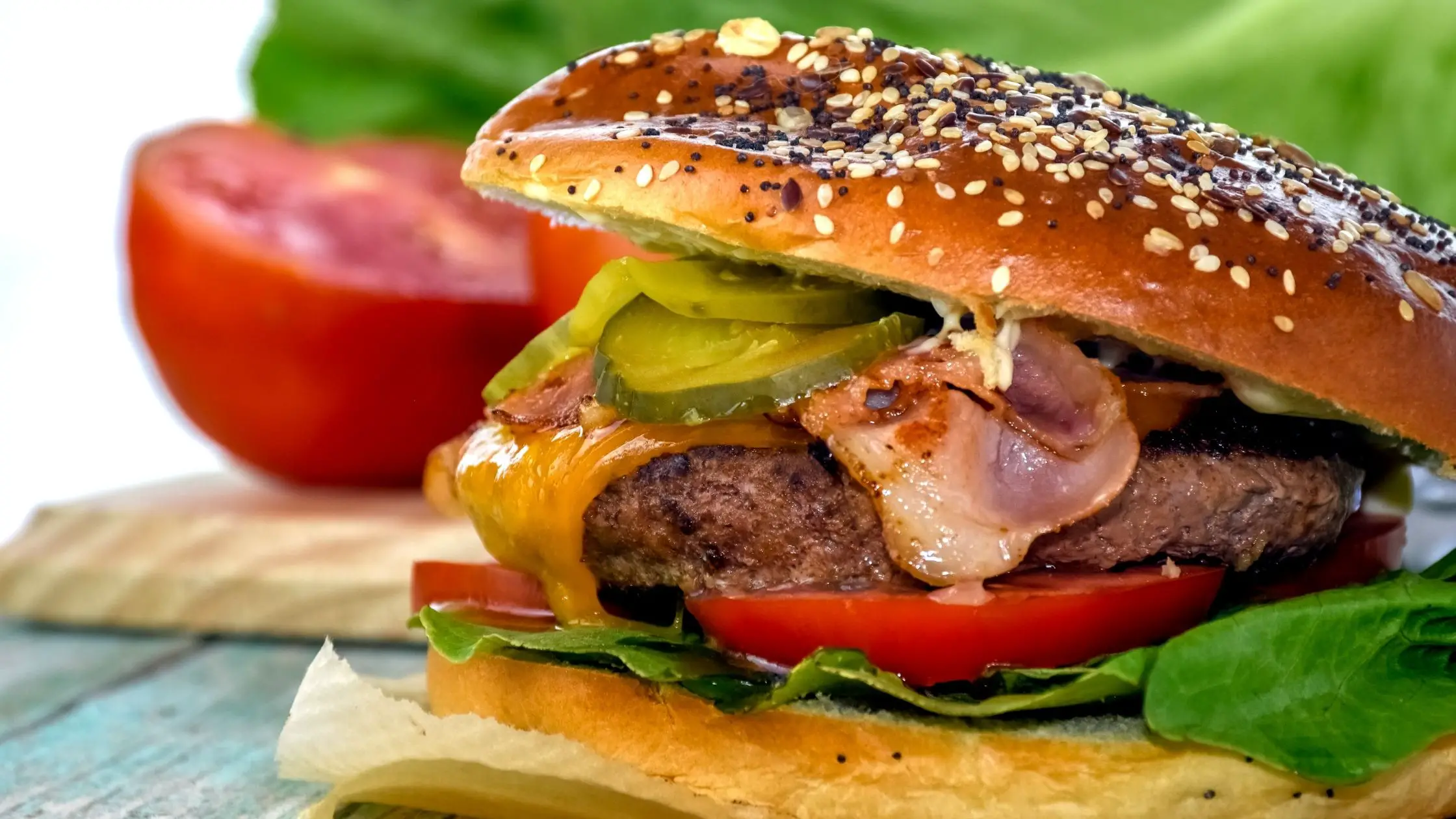
A burger is not a burger without bread and butter pickles; these have the perfect combination of tangy and sweet, an ideal addition to the rest of the burger flavors and fries.
How To Keep Pickles Fresh?
If you want to keep pickles in an optimum state, storing is key. Pickles should always be stored in a sterilized container. Many like to use clear glass jars to see the content.
A plastic container should work, too; if you follow the same logic, sterilize your containers just by pouring hot boiling water on them and their seals.
Unopened pickles are shelf-stable, and others require refrigeration; this is because some pickles have been pasteurized and others haven’t. Unpasteurized pickles, they’re always sold refrigerated, meaning the fermentation is still taking place.
If you stored it at room temperature, the fermentation process would begin again, and the veggies turn sour. The reason why you should always store unpasteurized pickles in the fridge.
How to Store Pickles So It Stays Fresh For Longer
If you wish your pickles to last longer, you should always keep them stored in glass containers, away from sunlight, and in a dry spot. This storing method is suitable for the pasteurized pickles. After you’ve opened the jar, store your pickles jar in the fridge tightly covered.
A good tip is to shake your pickle’s jar so that the oil inside covers the pickle on top; this helps them last longer since oil is a preservative.
Can You Freeze Pickles?
Pickles can not be frozen as a method for extending their shelf life. That said, you can always freeze your cucumbers as a pickling method.
If you wish to do this, follow the steps
- Prepare the brining liquid
- Macerate your pickles
- Place the cucumber slices in a container and add the liquid
- Place the container in the freezer and place the lid on until completely frozen
Frozen pickles will last for up to a year in the freezer
What to do with Pickles Before They Go Bad?
Remember that pieces of your veggies that aren’t submerged in the brine liquid will deteriorate quickly, and you will have to throw them out.
But before that happens, don’t let your pickles go to waste and enjoy them in a variety of delicious and decadent recipes. Check out below some of our favorite options.
Additional Questions About Types of Pickles
What is the Best Cucumber to Use for Pickles?
If you are up for the challenge and want to make your own pickles at home, then selecting the right one for the job is a must. Professionals all agree that Kirby’s are the best pickles; these can be found in medium and small sizes. The secret to Kirby’s is in their thick skin, which remains crispy while still holding up to the brine. Cucumbers that are four to five inches are ideal; when selecting them, always get the freshest.
Pick a Peck of Pickled Peppers
Ever tried pickled peppers, delish right! Peppers like cucumbers are simply delicious when pickled; they have the perfect texture and end up deliciously crunchy and tasty.
Plus, you can have them as snacks by themselves or incorporate them in several recipes including, salads, pasta, dips, etc.
Hot, Hot, Hot
While pickled peppers tend to weaken the spice slightly, the same can’t be said about jalapenos. These babies keep their hotness after being pickled; they remain the same as they would if you ate them raw. Pickled jalapenos can be found cut into rings or whole.
Mediterranean-style
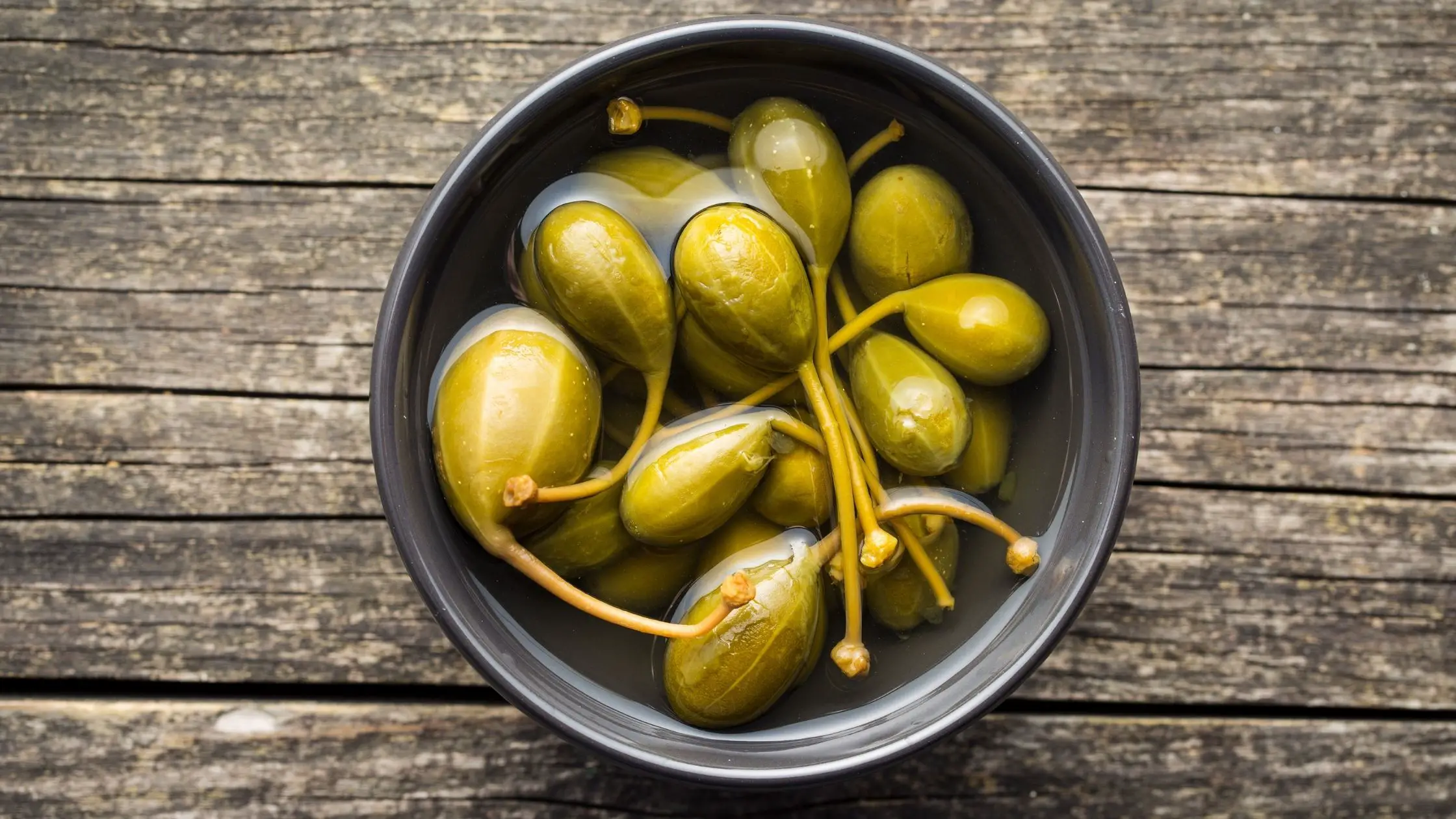
Pepperoncinis are usually found at Greek or Italian joints; these are not as hot as jalapenos; however, these still offer quite the fiery taste with a juicy interior. Enjoy alone or with your favorite salad or pasta dish.
Mildly Hot and Sweet
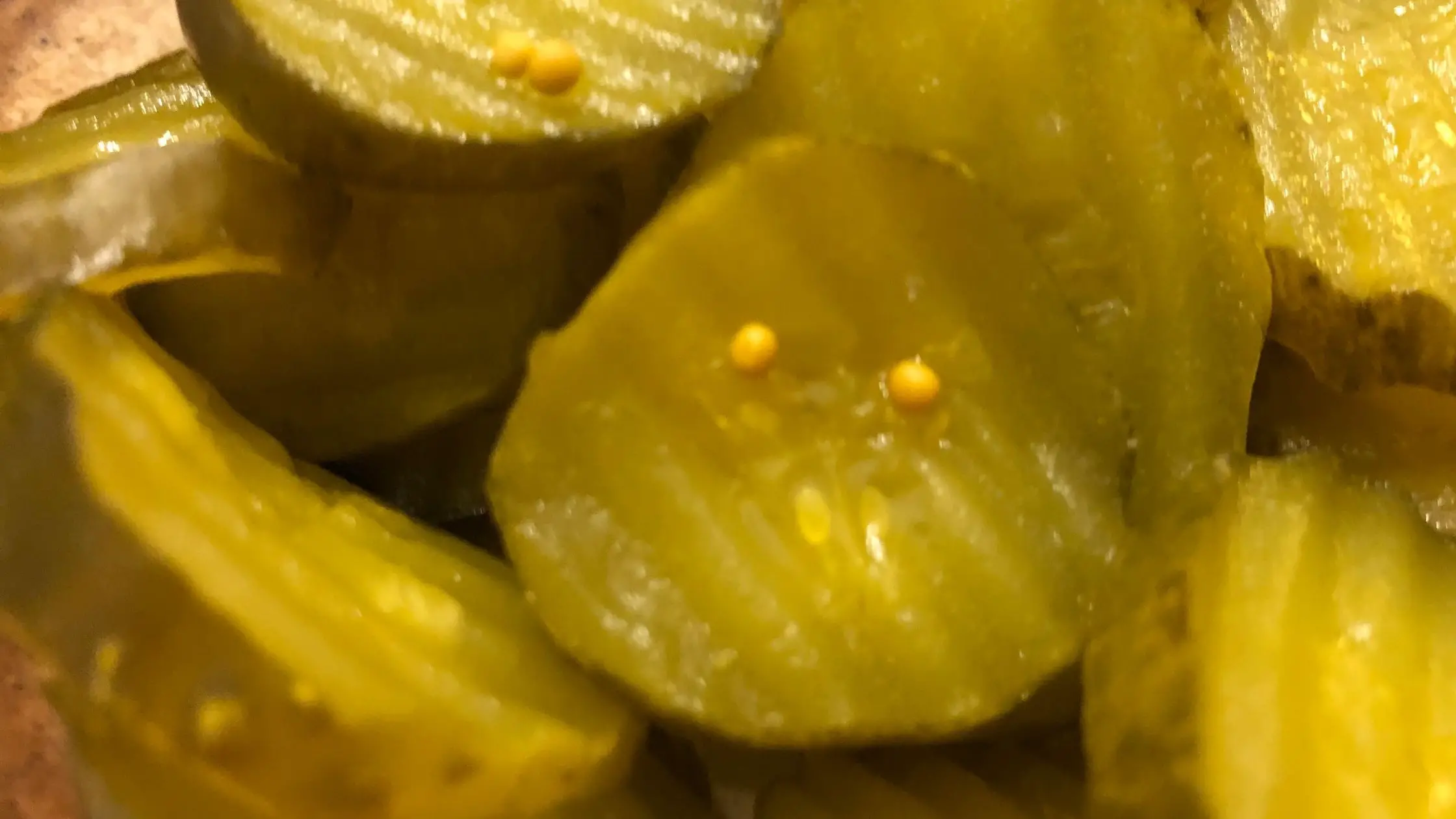
Banana peppers are widely popular because they offer just the right kick; these get their name after their banana-like shape and yellow color. These are simply delicious, either spicy or sweet, whole or cut into rings. These are pretty adaptable; you can have them as a topping or in salsa.
What Looks Like a Cherry, but Isn’t?
Cherry peppers make the perfect appetizer and go great in main courses like lasagnas. These can be found red or green and hot or sweet.
Pickle Relish and other Goodies
Some of the finest pickles relishes include cucumbers, onions, and tomatoes mixed in brine with vinegar.
Check out below some other types of pickle relish available.
Chow Chow

This pickled relish recipe originated in the South and mixed red and green bell peppers,
tomatoes, cabbage, onions and sugar, turmeric, whole spices, vinegar, mustard, and celery seed. Transfer your creation to a mason jar which doubles as decoration.
Japanese-style
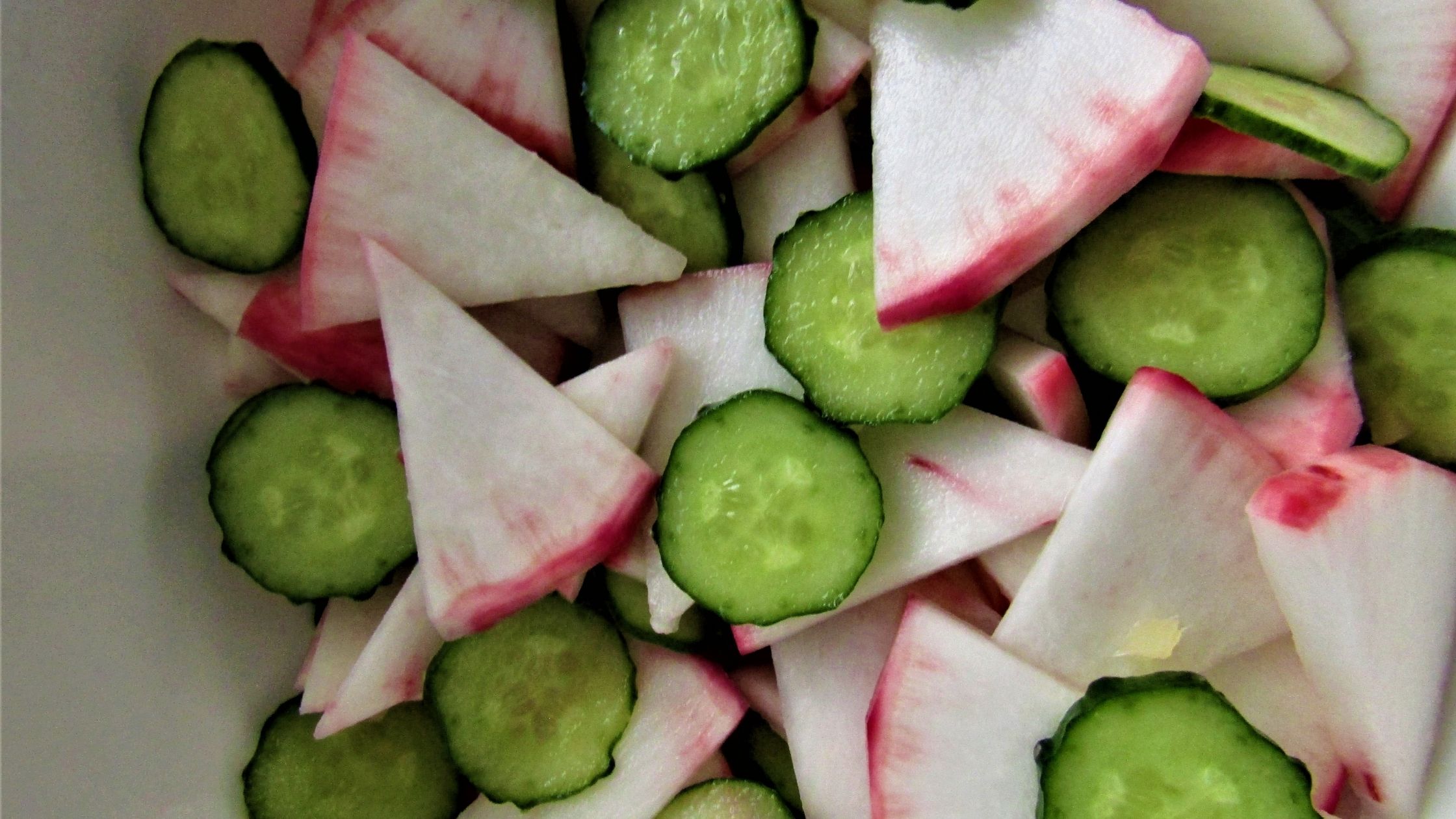
Tsukemono is a relish hailing from Japan; it is commonly served as garnish for tons of dishes. It is used to clean the palate and consists of pickled plums, cabbage, gari, cucumber, Kyoto and Benishoga, Shibazuke Japanese cucumbers, and eggplant.
Since you’ve realized there’s a whole world about pickles that don’t end only with those beloved Kosher dills, you’re probably wondering a whole lot more about pickles, and we are here for it. Keep reading and check out some of the most common doubts and questions surrounding pickles and become a bit of an expert!
How Do You Make Brine? What Is It, Exactly?
Brine is a liquid or solution made of vinegar, sugar, Kosher salt, and water, which is utilized to extend the shelf life of veggies and fruits. Other common ingredients in brine include turmeric, dill, coriander, mustard seed, cinnamon, and celery seed.
The exact quantity of each ingredient varies and can be modified depending on what you’re trying to concoct.
What Kind Of Things Can Be Pickled?
Believe it or not, and as long as you know what you are doing, it is possible to pickle just about any veggies or fruit you want.
What’s The Pickling Process?
The fastest way to pickle is known as the fresh pack, and it consists of a simple brine, and all you have to do is cure your pickle veggies for a few hours.
But if you are looking for dill pickles, then we are talking about fermentation, which is when you allow the veggies to marinate in the brine for weeks, approximately four and six. You’ll notice significant changes, such as a change in color, which is completely normal.
A good starting point is to prepare refrigerated dills; all you have to do is place your dills in a simple brine and let it ferment for a week. You can also do the same with apples or peaches.
Are There Any Precautions Or Challenges To Consider?
Don’t sweat it if your pickles don’t come out the way you want to right off the bat; you may end up with soft or bitter pickles at first, but with practice, you’ll surely get there.
When picking your cucumbers or other veggies to pickle, these should not be too young and certainly not old. Mid-life is what you should look for. If these are too young, the brine may break them; if too old, the brine may not penetrate the skin.
Even if you pick your veggies correctly, your brine may fail if you don’t get the desired result. Brine may become too strong or weak; hard water can also hurt your bine.
How Long Do Homemade Pickles Last?
These have a long shelf life and can be kept for months. Experts recommend homemade pickles should be consumed within three to eight months. Sanitizing the lids will help.
How Do You Sanitize The Jars And Lids?
Remember that immaculate jars and lids will ensure your pickles last longer. All you need to do is boil all the parts for ten minutes and allow them to air dry. Also important is to wash your veggies. If proper storage is provided, it could last for up to a year.
How long do you process the jar and lids?
This process is done for about ten minutes, and you need to ensure the water level is one inch above and cover the jars and lids. This is done to ensure that mold, yeast, or bacteria won’t develop. If this happens, you’ll see a change in texture, taste, and color; most likely, your pickles will rot.

